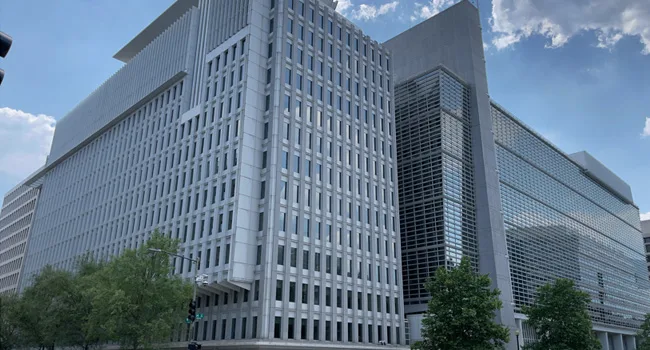The World Bank is re-entering the nuclear energy space “for the first time in decades,” President Ajay Banga announced on Wednesday, as part of the institution’s efforts to address the surging electricity needs of developing countries.
In a memo to staff seen by AFP, Banga said the Bank would work closely with the International Atomic Energy Agency (IAEA), enhancing its ability to advise countries on non-proliferation safeguards and establishing sound regulatory frameworks.
The move comes amid projections that electricity demand in developing nations will more than double by 2035. To meet this growing need, annual investment in energy generation, transmission, and storage must rise from $280 billion to approximately $630 billion, Banga noted.
“We will support efforts to extend the life of existing reactors in countries that already have them, and help finance necessary grid upgrades and related infrastructure,” he wrote.
The Washington-based lender also plans to accelerate the deployment of Small Modular Reactors (SMRs), positioning them as a potential solution for countries with limited energy infrastructure.
Since assuming leadership of the World Bank in 2023, Banga has advocated for a more flexible, development-focused energy policy. His announcement follows a recent board meeting, where ongoing discussions about the Bank’s evolving energy strategy took place.
“Our aim is to help countries deliver the energy their people need, while giving them the flexibility to choose the path that best suits their development ambitions,” Banga said.
In addition to supporting nuclear energy, the Bank will continue financing initiatives to retire or repurpose coal-fired power plants, promote carbon capture technologies, and improve grid reliability.
The shift aligns with calls from key shareholders, including the United States, for the Bank to reconsider its restrictive stance on nuclear financing. During the Spring Meetings of the World Bank and International Monetary Fund in April, U.S. Treasury Under Secretary Scott Bessent emphasized the need for the Bank to prioritize reliable energy technologies over “distortionary climate finance targets,” which could include investing in gas and other fossil fuels.
While the nuclear pivot signals a broader rethinking of the Bank’s energy strategy, Banga noted that no consensus has yet been reached on whether to support upstream gas development, nor under what specific conditions it might be considered.
The World Bank’s renewed openness to nuclear energy reflects growing global interest in diversified, resilient, and low-carbon energy solutions — particularly in regions most vulnerable to energy poverty and climate change.
AFP


